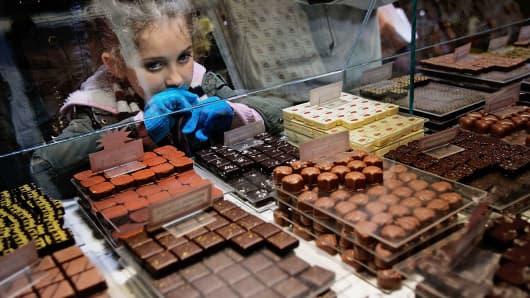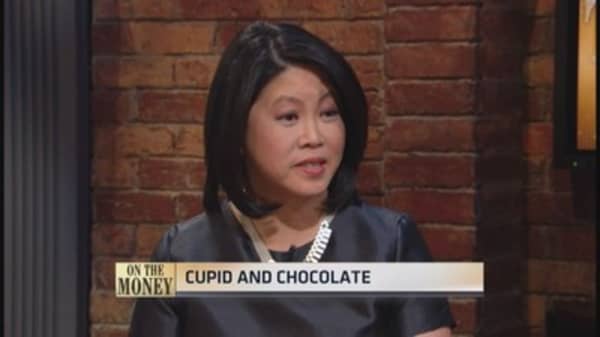A box of chocolates may be full of surprises. But this Valentine's Day, you can count on one thing.
It's going to cost you more than last year.
Thanks to a surge in prices for cocoa, the main ingredient in chocolate, the retail price of a box of sweets may come as a shock this year.
Got a question for CNBC Explains? Please send it to explains@cnbc.com.
Roughly half of those who give gifts to a loved one choose candy, according to the National Retail Federation. A third give flowers, another half get cards, 1 in 5 buy jewelry; the average gift-giver plans to spend $134 this year.
If your gift list includes a few boxes of chocolates, your budget won't go far.
Here's what's driving chocolate prices higher:
How much more are we talking about?
The increase in retail price varies: Some chocolate-makers have cut back on the size of each piece or substituted more milk chocolate for dark chocolate, reducing the cost.
Prices have been moving up gradually. Hershey's and other chocolate-makers announced price hikes last year but have been rolling them out slowly to blunt the impact. But with cocoa prices up some 40 percent in the last two years, they've had to pass along the cost to chocolate lovers.





